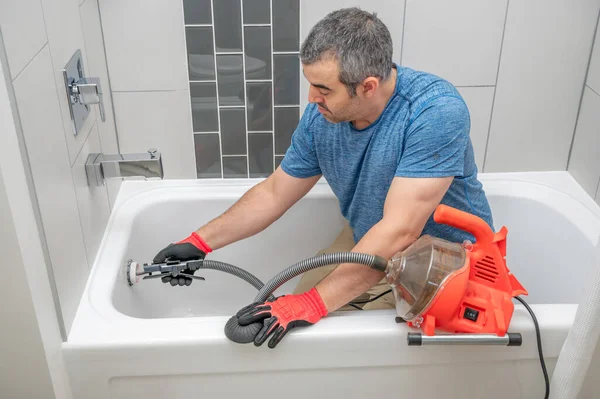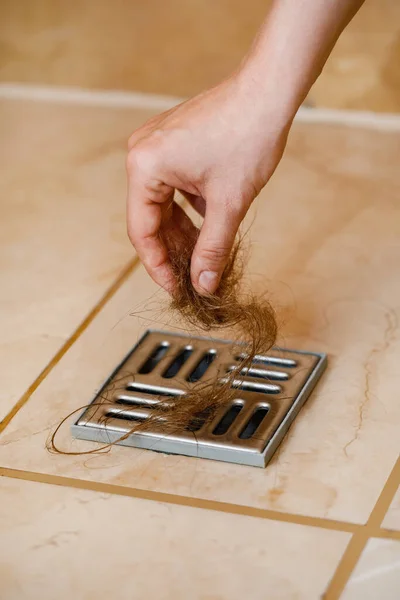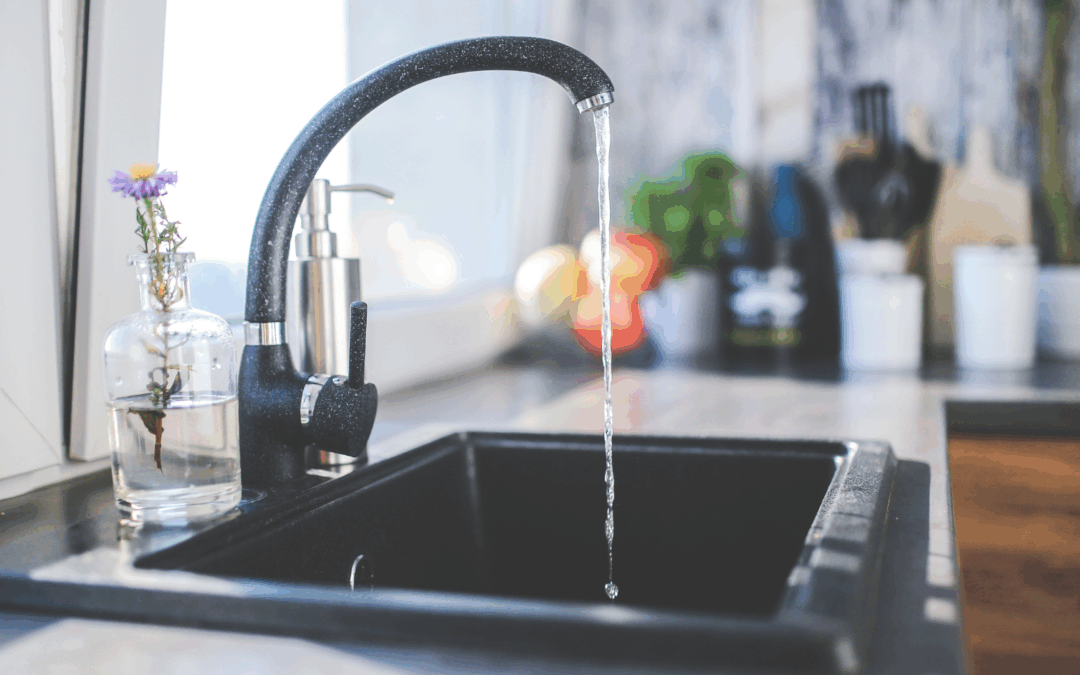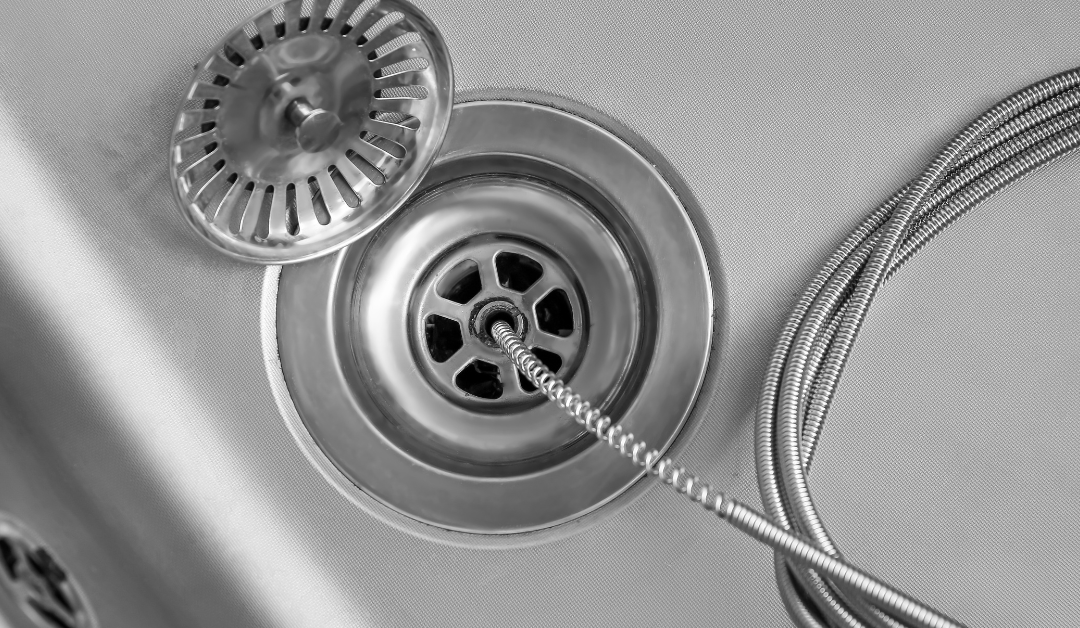Do you know how to unclog bathtub drain and sinks like a pro?
Dealing with a clogged bathtub drain might not be glamorous, but we’ve all been there. That slow-draining water or the dreaded standing water in your tub can turn a relaxing shower into a frustrating ordeal. Fortunately, unclogging your bathtub drain is often a task you can tackle yourself using a few proven techniques.
This guide will walk you through how to identify clog issues, safely unclog your drain using various methods, and even prevent future blockages. The best part? You don’t need to be a professional plumber to put these tips into action. Let’s get started!
Schedule Service Online
Get a free estimate so you know what you're signing up for
"*" indicates required fields
For Emergency Services Call: 410-255-9300

Why It’s Important to Keep Your Bathtub Drain Clog-Free and Clean
Maintaining a clean and clog-free bathtub drain is essential for several key reasons, ensuring not only the longevity of your plumbing but also the comfort and hygiene of your home:
- Prevents Costly Repairs: Neglecting clogs can lead to more serious blockages over time, potentially resulting in burst pipes or damaged plumbing systems. Addressing minor clogs early can save you from expensive repair bills down the line.
- Improves Drainage Efficiency: A clean drain allows water to flow freely, preventing standing water in your tub. Poor drainage can lead to unpleasant odors and inconvenience during your showers or baths.
- Enhances Home Hygiene: Hair, soap scum, and other debris that build up in your drain can become a breeding ground for bacteria and mold, affecting the cleanliness of your bathroom and posing potential health risks.
- Reduces Stress: Nobody wants to deal with a clogged drain during a busy morning or while preparing for guests. A regularly maintained drain ensures smooth functionality and peace of mind.
- Prolongs the Life of Your Plumbing: Routine cleaning and preventive care help reduce wear and tear on your pipes by minimizing the buildup of residue and debris, thereby extending the life of your plumbing system.
By prioritizing the cleanliness of your bathtub drain, you’re taking a proactive step not only toward a more efficient bathroom but also toward saving time, money, and unnecessary headaches in the future.

Signs of a Clogged Bathtub Drain
Identifying the early warning signs of a clogged bathtub drain can save you from bigger plumbing issues in the future. Some common indicators include:
- Slow Draining Water: If water takes longer than usual to drain after a shower or bath, it’s often a sign of a partial blockage caused by debris like hair or soap scum. Ignoring this issue can worsen the clog over time.
- Pooling Water: Standing water in your bathtub during or after use is a clear sign of a significant blockage. This means water isn’t able to flow freely through the pipe.
- Unpleasant Odors: Foul smells emanating from your drain often indicate a buildup of organic matter, such as hair or soap residue, which can trap bacteria inside the pipes.
- Gurgling Noises: Strange sounds coming from the drain while water flows suggest trapped air within the pipes, often caused by a clog disrupting normal water flow.
- Recurring Clogs: Frequent need to unclog the drain points to an underlying issue, such as a larger obstruction in the pipe or a persistent residue buildup that needs professional attention.
Addressing these signs promptly will ensure minimal disruption and help maintain the functionality and hygiene of your bathroom. Regular maintenance and care can often prevent many of these issues altogether.
Common Causes of Clogs
Understanding the common causes of bathtub drain clogs can help you take preventative measures to avoid plumbing issues. Here are some of the primary culprits:
- Hair Accumulation: One of the most frequent causes of bathtub drain clogs is hair. Loose strands from washing or shaving can accumulate over time, forming a tangled blockage that obstructs water flow.
- Soap Residue: Traditional soaps often contain fats and oils that can mix with minerals in the water, creating a hard buildup known as soap scum. This residue can coat the inner walls of the pipes, restricting water passage and trapping other debris.
- Mineral Deposits: Hard water, which is rich in minerals like calcium and magnesium, can lead to the gradual buildup of deposits inside the drain. These hardened accumulations can narrow the pipe and contribute to blockages.
- Foreign Objects: Small objects, such as jewelry, toys, or loose items, can accidentally get washed into the drain, becoming lodged and causing a serious obstruction.
- Product Buildup: Excessive use of bath products like oils, bath bombs, or heavy conditioners can leave a sticky residue inside the pipes, which may eventually cause clogs.
- Pet Hair: Bathing pets in the tub can lead to an influx of fur in the drain, which combines with other residues to create tough blockages.
Recognizing these common causes allows you to take simple steps, such as using drain covers, cleaning the drain regularly, and being mindful of what goes down it, to keep your bathtub plumbing system running smoothly.
Safety Precautions Before You Begin
Unclogging a drain might not seem risky, but certain safety measures can protect you and your plumbing system:
- Wear Gloves and Eye Protection: Debris can be unpleasant (and sometimes sharp), and splashes from drain cleaners can be harmful.
- Avoid Harsh Chemicals: Chemical drain cleaners can damage your pipes, especially PVC ones, and pose health risks if mishandled.
- Provide Proper Ventilation: If using any cleaning agents, ensure the area is well-ventilated to avoid inhaling fumes.
Taking these precautions will make the unclogging process safer for you and your plumbing system.
Tools and Materials You’ll Need
Before you start, gather the following tools and materials to help unclog your bathtub drain:
- Plunger
- Drain Snake (or Plumbing Snake)
- Drain Claw or Grabber Tool
- Baking Soda
- White Vinegar
- Boiling Water
- Screwdriver (for removing the drain cover)
- Gloves
These tools can be found at your local hardware store and are great investments if you face recurring shower clogs.
Step-by-Step Methods on How to Unclog Bathtub Drain
Here’s how to unclog your bathtub using multiple effective methods:
1. Boiling Water
This is the simplest method and works best for minor blockages (like soap scum).
Steps:
- Boil a kettle or large pot of water.
- Carefully pour the boiling water directly into the drain in stages.
- Allow the hot water to run through the pipes, loosening debris.
- Run hot water from the tap to confirm the blockage is cleared.
Note: Avoid this method if your pipes are PVC, as boiling water can damage them.
2. Plunging
A plunger can create the suction needed to dislodge clogs deep within the drain.
Steps:
- Cover the overflow hole with a wet rag.
- Place the plunger over the drain opening to create a tight seal.
- Push and pull vigorously while keeping the seal intact.
- Remove the plunger and run hot water to check progress.
Tip: If the first attempt doesn’t work, continue plunging for a few more minutes to loosen the clog.
3. Baking Soda and Vinegar Solution
This safe, natural method uses a simple chemical reaction to clear clogs.
Steps:
- Remove the drain cover using a screwdriver.
- Pour 1/2 cup of baking soda into the drain, followed by 1/2 cup of white vinegar.
- Cover the drain with a cloth or stopper to contain the reaction.
- Let the mixture sit for 15-30 minutes.
- Flush with boiling water (or just hot water for PVC pipes).
This method is great for breaking down soap scum, grease, and smaller debris.
4. Drain Snake or Plumbing Snake
A drain snake is perfect for tackling stubborn hair buildup causing clogged drains.
Steps:
- Remove the drain cover and insert the plumbing snake into the drain.
- Turn the handle to push the snake deeper into the pipe.
- Hook and pull out debris by twisting and maneuvering the snake.
- Repeat as needed and finish by flushing with hot water.
For bigger blockages, a plumber’s snake offers additional reach and power.
5. Remove and Clean the Drain Cover From Shower Drain
Sometimes, the clog is just below the tub drain cover.
Steps:
- Use a screwdriver to remove the drain cover.
- Use a drain claw or grabber tool to carefully remove hair and debris.
- Clean the area thoroughly before replacing the cover.
This simple step can resolve shower clogs without advanced tools.
Advanced Techniques (For Stubborn Clogs)
If the above methods don’t work, try these more advanced techniques:
Cleaning the P-Trap
The P-trap is the curved pipe under the drain designed to catch debris.
Steps:
- Place a bucket under the P-trap to catch water and debris.
- Loosen the trap with a wrench and remove it.
- Clean out any debris, then reattach securely.
Overflow Drain Issues
If your clog is related to the overflow hole, cleaning the overflow drain may help.
Steps:
- Remove the overflow cover with a screwdriver.
- Insert a drain snake or grabber tool to remove debris.
Advanced methods often require some experience, so proceed carefully.
Top 6 Products and Brands for Unclogging a Bathtub Drain
When it comes to dealing with stubborn bathtub clogs, having the right products can make all the difference. Here are six top-rated products and brands that can help you get the job done:
Drano Max Gel Clog Remover
A powerful and widely trusted product for removing tough clogs. Drano Max Gel works quickly and effectively on hair and soap residue. Purchase here.
Liquid-Plumr Pro-Strength Full Clog Destroyer
This industrial-strength formula is designed to cut through even the heaviest clogs. It’s safe for most pipes and perfect for deeper blockages. Purchase here.
FlexiSnake Drain Millipede
A reusable drain tool equipped with over 4000 micro-hooks to grab hair and debris from your drain. Perfect for eco-friendly cleaning without chemicals. Purchase here.
Green Gobbler Drain Clog Dissolver
Environmentally safe yet tough on clogs, this product uses a non-corrosive formula to break down hair, grease, and grime. Purchase here.
TubShroom Bathtub Drain Protector
This innovative tool not only removes clogs but also prevents them by catching debris before it enters the drain. Ideal for long-term maintenance. Purchase here.
General Pipe Cleaners Power-Vee Drain Cleaner
For professional-grade cleaning, this motorized drain cleaner is powerful enough to tackle stubborn clogs while being easy to operate. Purchase here.
These products offer a variety of solutions to address your bathtub drain clogs, whether you’re looking for chemical cleaners, manual tools, or preventive measures. Always consider the material and condition of your pipes when choosing a product.

When to Call a Professional Plumber Like MD Sewer And Plumbing
If you’ve tried all the above methods and the clog persists, it’s time to call a professional plumber. Look for these signs:
- Water backing up in other drains (like your sink drain or shower).
- Strange odors or gurgling noises from the plumbing system.
- Recurring clogs that don’t respond to basic fixes.
A plumber has specialized tools and expertise to handle more severe plumbing problems.
Preventing Future Clogs
Keeping your bathtub drain clog-free is easier than you think. Here’s how:
- Use Drain Screens: These inexpensive covers catch hair and debris.
- Flush with Hot Water Regularly: Pour hot water down the drain weekly to prevent buildup.
- Avoid Oils and Grease: Never pour oils, grease, or thick substances down your drain.
- Clean the Drain: Periodically remove the drain cover to clear out any hair or dirt.
A little maintenance goes a long way in preventing future clogs and plumbing problems.
Maintain a Stress-Free Bathtub Drain
Unclogging your bathtub drain doesn’t have to be a plumbing nightmare. By following these simple and advanced methods, you can ensure your tub drains smoothly, keeping shower time enjoyable. Remember, routine maintenance and preventive measures are key to avoiding future clogs.
Still dealing with a stubborn clog? Don’t hesitate to call MD Sewer and Plumbing to tackle more serious issues. Your bathtub (and sanity) will thank you.




